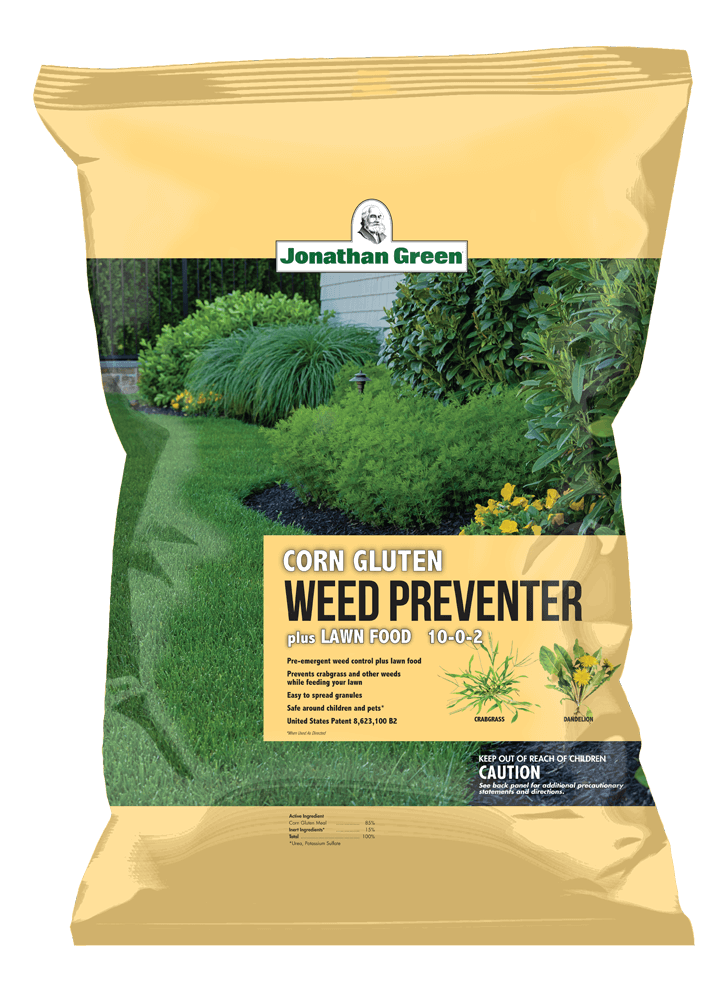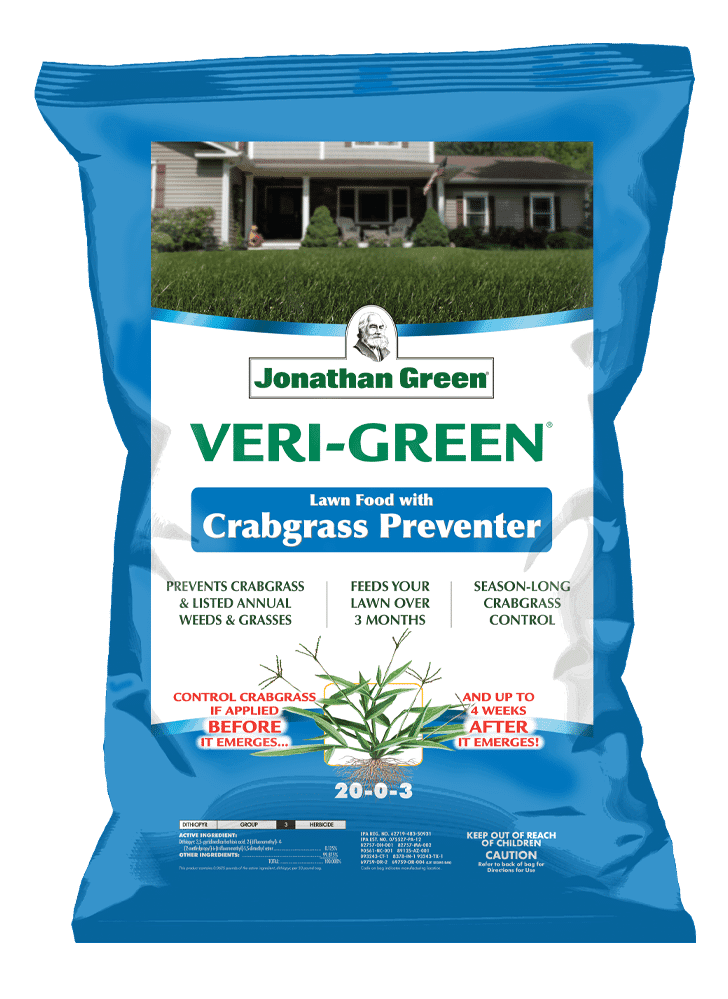Dandelions are most commonly known for their prominent bright, yellow flowers that create an appealing backdrop to spring landscapes. While visually appealing, however, they can be a nuisance to lawn enthusiasts who want to maintain a weed-free lawn. The dandelion plant is a broadleaf perennial weed that is identifiable by its prominent leaves that grow in a rosette shape and have deep taproots. The plant can grow between 3 to 10 inches tall. Due to their persistent nature and tough taproot, dandelions can be hard to get rid of entirely, but not impossible! Read on to learn how to get rid of existing dandelions and prevent them from overtaking your lawn.
Life Cycle of Dandelion Plant
The life cycle of a dandelion plant begins with a seed. Once germinated in early spring, this seedling develops into a mature plant with leaves that grow into a rosette pattern between 3 to 10 inches long. The dandelion plant also has a deep taproot that can grow between 6 to 18 inches long. Once the dandelion plant matures and grows longer roots, it becomes harder to remove them. It is easiest and best to get rid of dandelions when they are young and their taproot is shorter.
Dandelion plants begin to flower and blossom in early spring (early March to April). The flower then produces seeds that are attached to the pappuses, which are like little parachutes that carry the seeds once the wind blows them away. The seeds then land on the ground and begin the cycle all over again. This makes it difficult to get rid of them completely, as the seeds can lay dormant until they germinate the following spring. The plant’s taproot can also survive throughout the winter and can sprout again the following spring growing a whole new plant. To get rid of them completely, make sure to remove the dandelions when they are young, before they go to seed, and focus on getting rid of the taproot, as this is what can cause the plant to grow back if it’s left in the ground.
How to Get Rid of Dandelions
Hand Pulling

There are multiple methods for getting rid of dandelions on your lawn. If you don’t want to use an herbicide, you can manually remove the dandelion by either hand pulling the plant or using a tool. When hand-pulling dandelions, it is important to completely remove both the plant and its taproot to avoid them coming back. If the taproot is not pulled out completely, it can cause the growth of a new dandelion plant. To ensure you remove the entire plant, we recommend using a weeding tool to help dig deep into the soil and pulling the dandelion when the soil is moist, as this is when it’s easiest. It’s best to pull the dandelion when it’s young, as the older the plant gets the deeper the taproot will extend into the soil making it harder to remove.
Herbicide
Another method for getting rid of dandelions is using broadleaf weed control, such as Jonathan Green Weed & Feed. While some homeowners prefer using liquid herbicides to spot spray weeds, granular herbicides like Weed & Feed, offer great benefits, as they are cost-effective, easy to apply to the whole yard, and often contain fertilizer. This product feeds your lawn for up to three months and controls weeds down to the roots in one, easy step.
Using a rotary or drop lawn spreader, apply Jonathan Green Weed & Feed to a damp lawn to ensure the granules properly adhere to the weed. Only apply to lawns that haven’t been mowed in over 48 hours so that the product can better adhere to the weed leaves. Do not apply this product in temperatures 85°F or above as the fertilizer can burn your lawn. If rain is expected one to two days after application, wait to apply as this can cause the granules to be washed away and diminish the effectiveness of the product. Once applied, ensure there is no traffic or rain to your lawn for at least 24 to 48 hours post-application.
If you have a severe dandelion infestation, wait at least four weeks after applying Weed & Feed, then apply Lawn Weed Control to help kill actively growing weeds. This product can be applied any time between spring and fall and doesn’t contain fertilizer, so you won’t run the risk of burning your lawn.
How to Prevent Dandelions
Use Corn Gluten
One effective prevention method is using organic pre-emergent weed control. Using one with corn gluten, such as Jonathan Green Corn Gluten Weed Preventer plus Lawn Food, will help to control the dandelion plant prior to germination and prevent it from forming roots.
Maintain a Healthy Lawn
The best method of controlling lawn weeds is always prevention! Growing and maintaining a healthy, thick lawn will crowd out dandelions and other lawn weeds and prevent them from being a recurring problem. The keys to a healthy lawn are paying attention to soil health, fertilizing regularly, and keeping a consistent mowing and watering schedule.
Test Soil pH
Soil with unbalanced pH can be a breeding ground for dandelions and other lawn weeds. As dandelions tend to thrive in acidic soils, this can be an indicator that you need to test and adjust your lawn’s soil pH. A healthy lawn has a soil pH between 6.2 to 7.0 (slightly acidic to neutral). Use Jonathan Green Mag-I-Cal for Lawns in Acidic Soil which is specially formulated with calcium carbonate, a soluble form of lime to help rapidly raise soil pH.
Fertilize
Fertilizing can also help to encourage a healthy, thick lawn that can crowd out dandelions and other lawn weeds. Applying Jonathan Green Veri-Green Lawn Fertilizer in early spring, once soil temperatures have reached 45°F, will help feed the lawn and promote a stronger root system to grow a thicker, greener lawn that will crowd out existing weeds and prevent future weeds from growing.
Mentioned Products
Mow and Water Your Lawn Regularly
Keeping a consistent mowing and watering schedule is also a key practice to help prevent lawn weeds. When mowing, adjust mower height to three to four inches to help the grass grow taller, limiting sunlight, water, and nutrients from getting to the weed seeds. Leave clippings on the lawn instead of bagging them for added nutrition. Watering your lawn deeply and infrequently (one to two times a week) will also help to encourage roots to grow stronger and deeper growing a thicker, healthier lawn.
Conclusion
Finding dandelions on your lawn can be frustrating, especially if you want a yard free of weeds, but removing them doesn’t have to be! Determining the best method to get rid of dandelions isn’t hard if you’re well equipped with the right tools and information needed to tackle this common lawn offender. Knowing their life cycle can help you properly time prevention methods and focusing on removing its taproot will both help you maintain a healthy, dandelion-free lawn.




